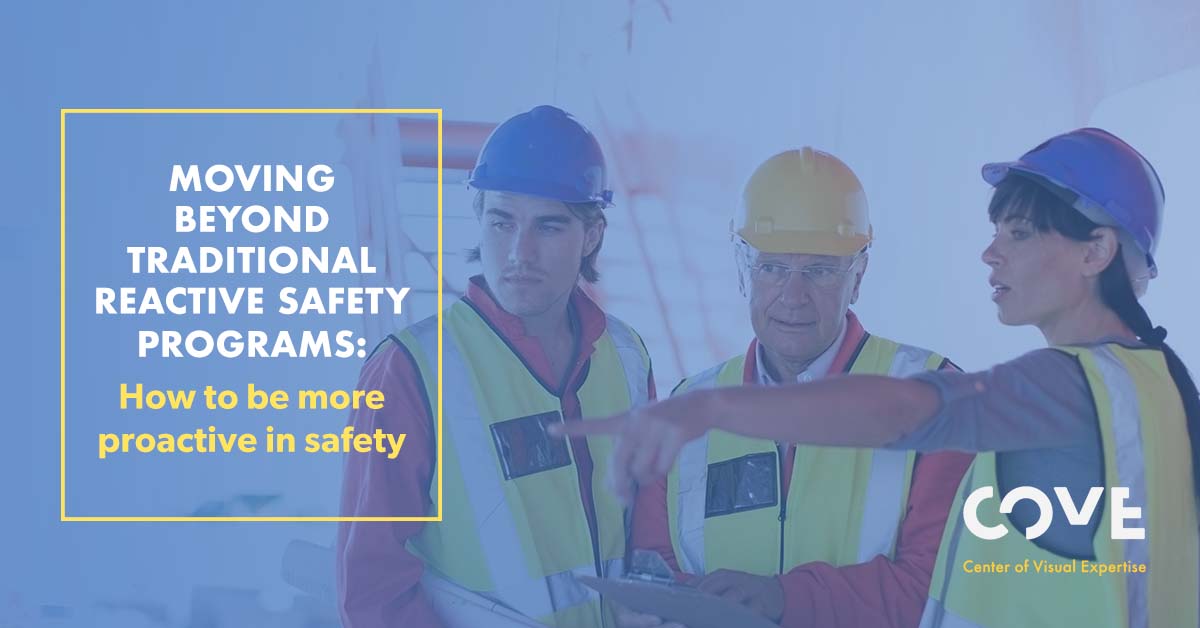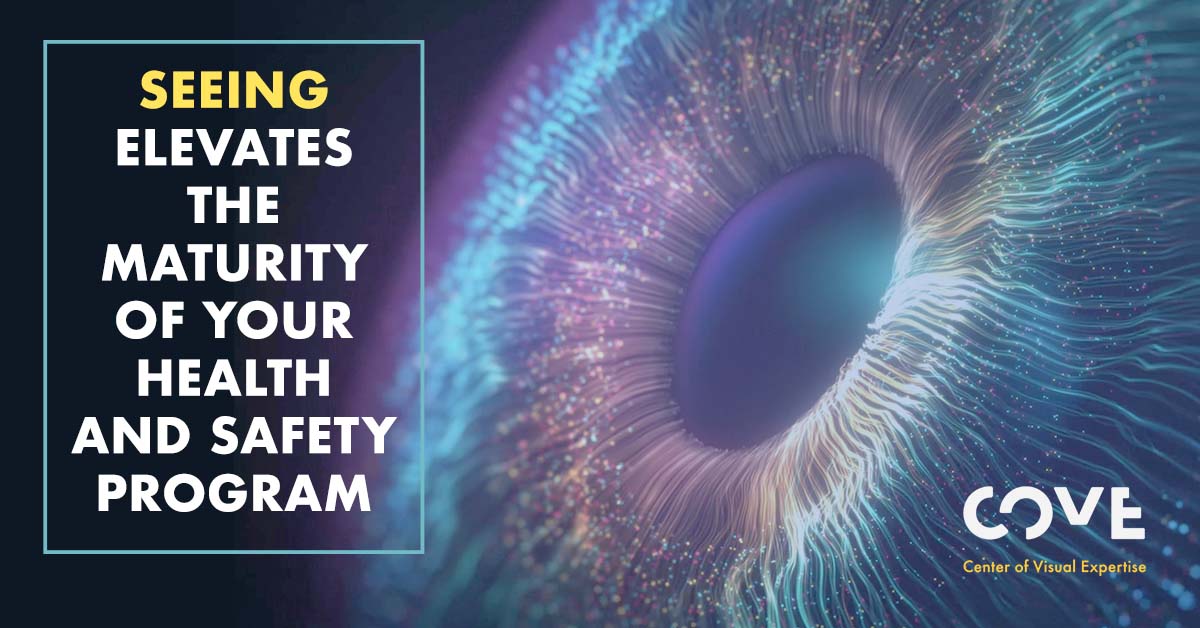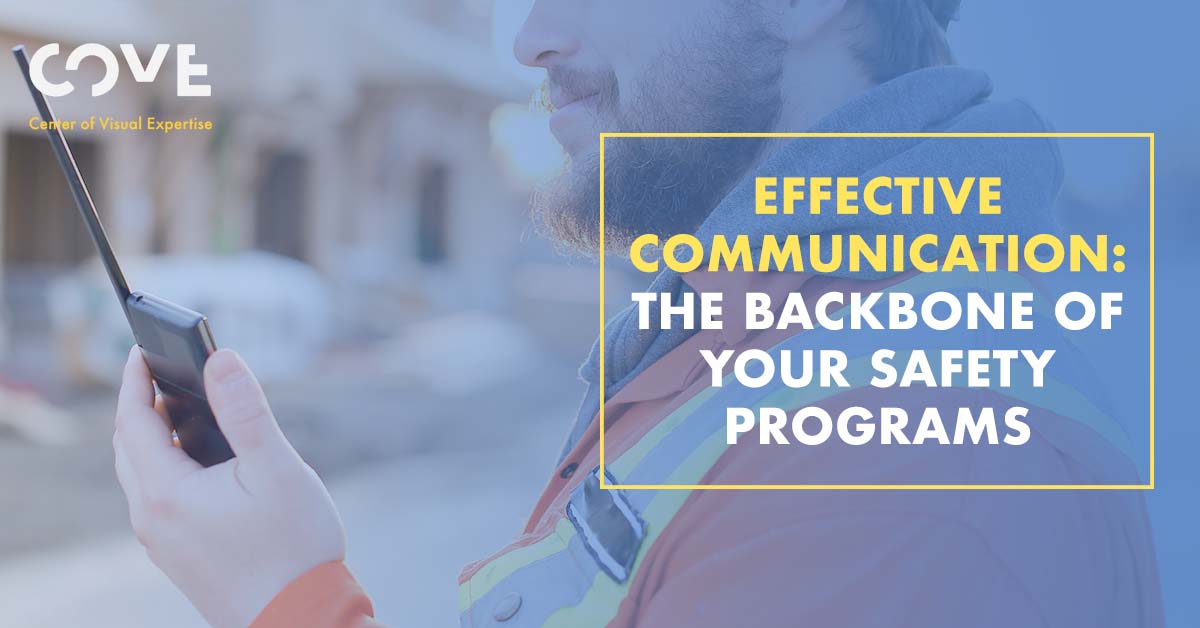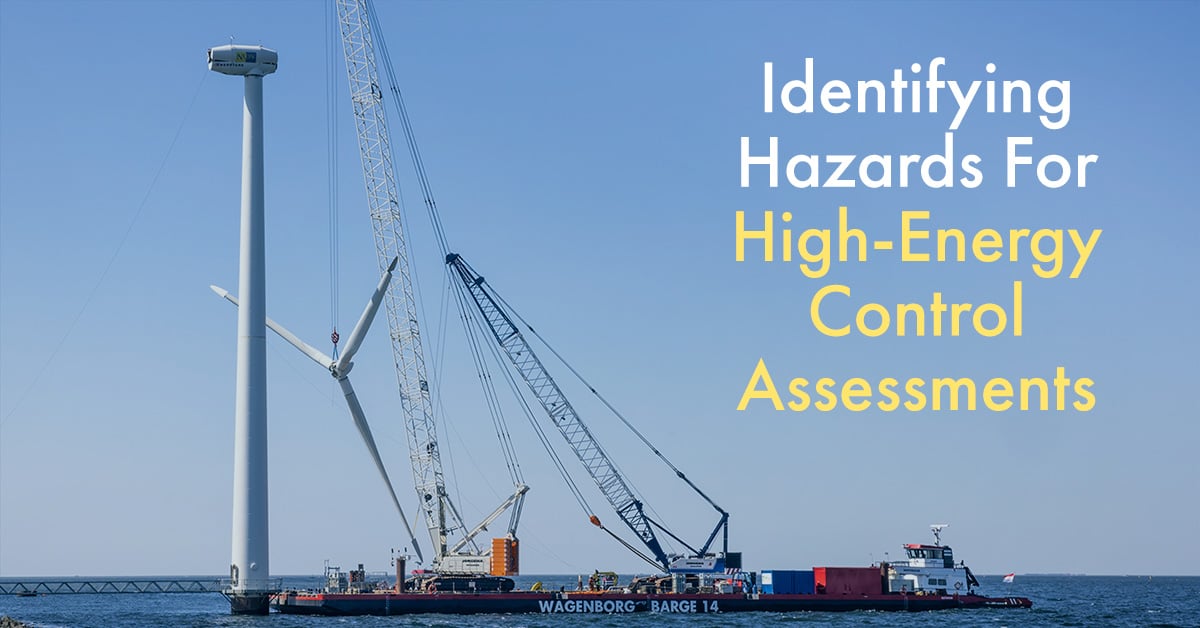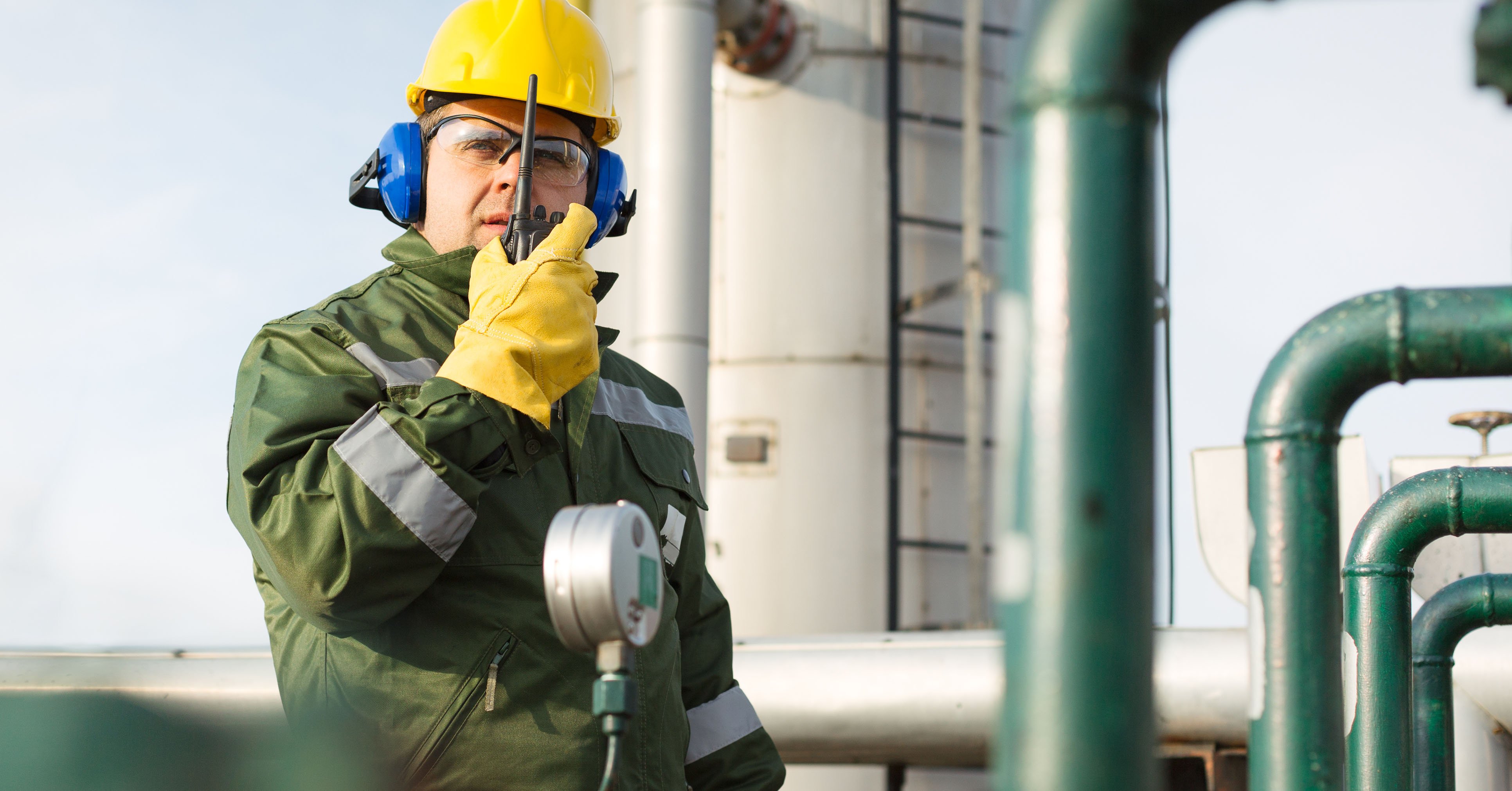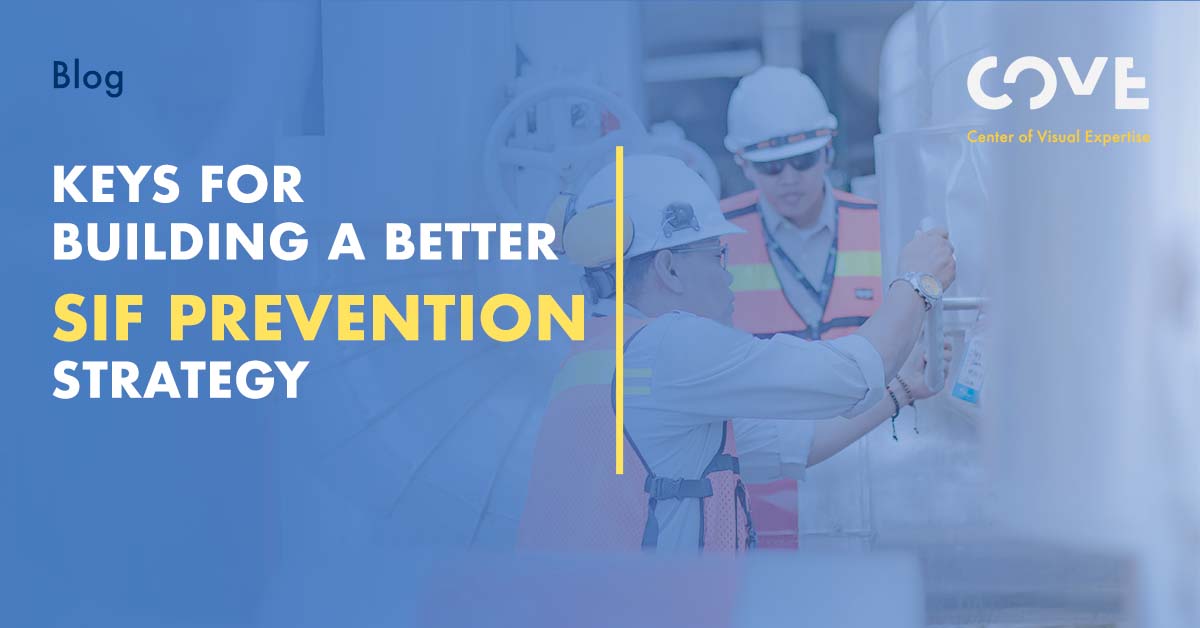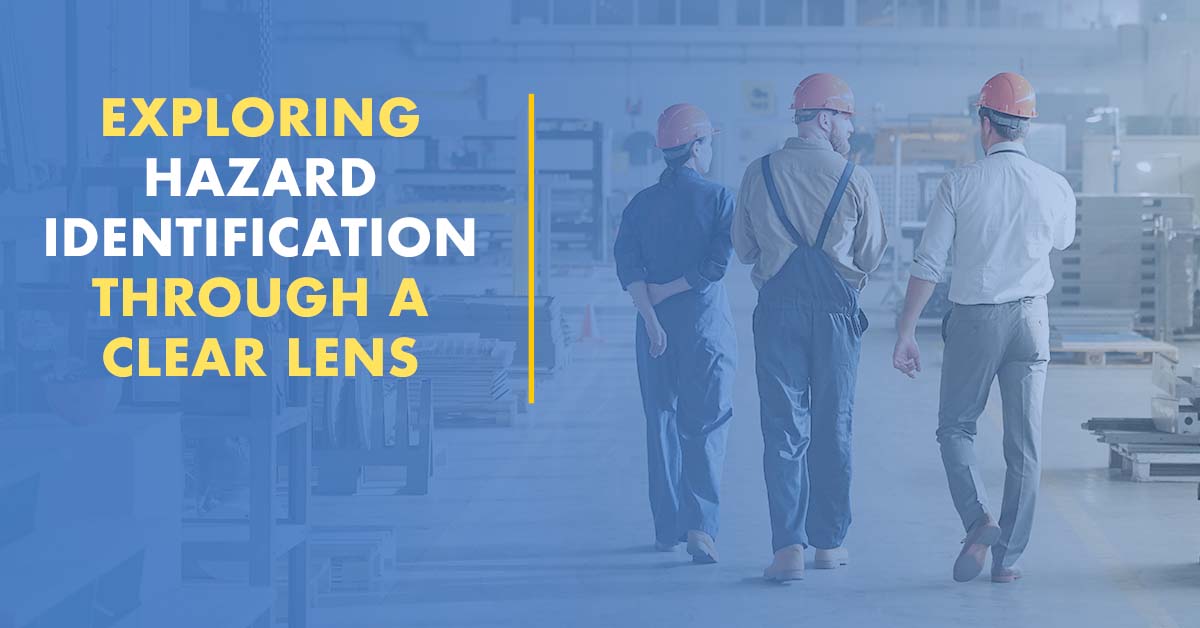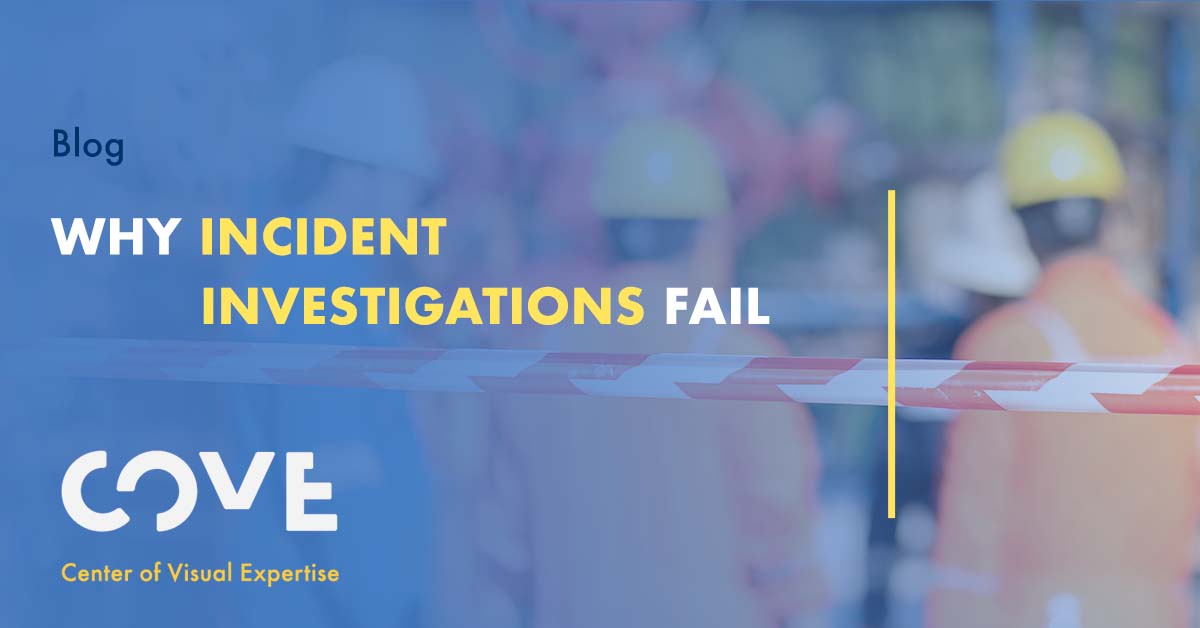By Colin Duncan on Sep 4, 2019 9:53:00 AM
Safety leaders need critical skills to ensure the highest levels of safety functioning and performance. Competence and expertise in observing, understanding, intervening and communicating are vital to the successful leadership and management of safety programs, culture and engagement. We consider safety leaders to be those with oversight of safety in either a functional role or an operational leader. Their clarity of purpose, oversight and execution is clearly understood to be central to world class safety performance.
A safety leaders role requires visual acuity – to have full and proper sight of, and insight into, the hazards that present themselves in the workplace, how workers might interact with those hazards and the potential consequences of that interaction. And yet, very few leaders are taught specific skills and techniques to enhance their visual literacy – how they see, interpret and take action on visual information in the workplace.
What proportion of a safety leaders work requires the ability to see? What proportion of the daily tasks of a safety manager or operational leader hinge on their competence in ‘seeing safety’? More importantly still, how effectively do your safety leaders understand how visual biases impact on their performance, on their efficacy in leading safety efforts?
Your answers to this first set of questions point to a gap in a leader’s ability to take suitable decisions and actions. Absent complete and accurate visual data, leaders can fall into multiple traps that undermine safety leadership performance, sub optimize your safety management system and frequently cause negative impacts to credibility and employee engagement.
But what about a leader’s appreciation of how visual bias, gaps in visual literacy, impact the worker? How well do your leaders grasp the implications of visual bias as it impacts the worker and the workers day to day, minute by minute, perceptions of hazards, risk awareness and mitigating actions? Put simply, can your leaders ‘get in the eyes of the worker’ and understand the reality of how the work gets done?
Our experience at COVE is that the answers to these questions frequently point to weaknesses in organizational capability and that these weaknesses can undermine even the most sophisticated safety program. If leaders fail to appreciate how the natural human condition plays out in daily work; how it impacts themselves and how they ‘see safety’; how it impacts front line workers and how they assess hazards and risk – then we have system conditions we must address.
Visual Literacy skills and techniques are an essential building block to enhance safety functioning. The ability to see effectively plays into most safety critical activities such as hazard identification, risk assessment, observations, audits, walkthroughs, permitting, corrective action planning – the list goes on.
Helping leaders fully appreciate the way work is done, the way hazards are seen – or missed – and why, helps leaders build stronger safety systems and enhance their ability to engage teams, working collaboratively to remove hazards, mitigate risks and ensure suitable fail-safes are in place.
COVE is striving to help organizations better understand the dynamics at play when gaps in Visual Literacy exist – and provide readily accessible tools to help bridge those gaps.
WHITE PAPER DOWNLOAD
You can read more about Leadership and Visual Literacy by downloading our new White Paper "Leading Safety By Seeing Safety: A Look at Safety Leadership Through New Eyes."




